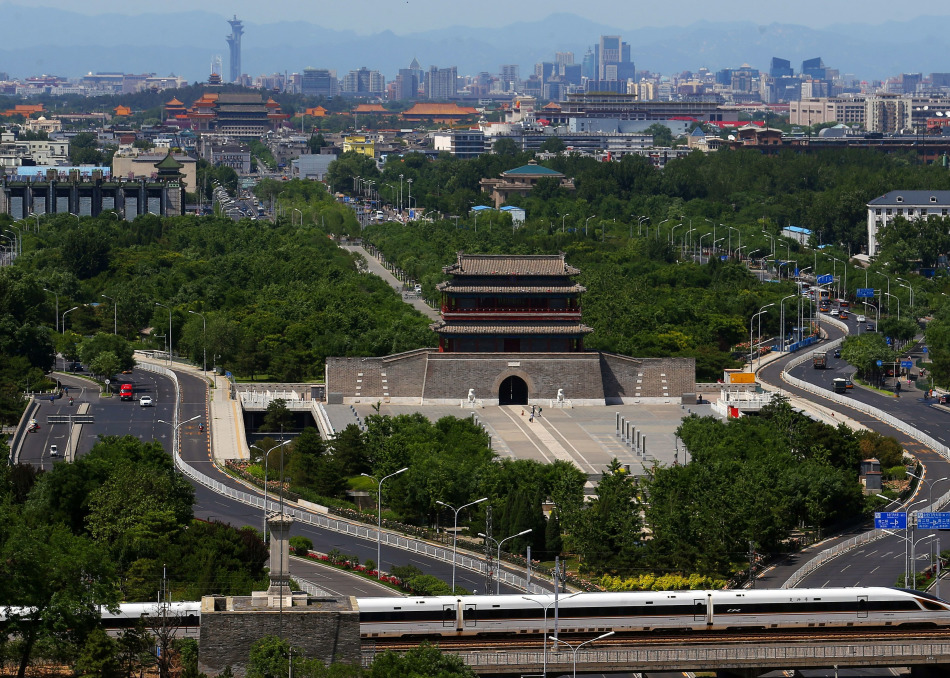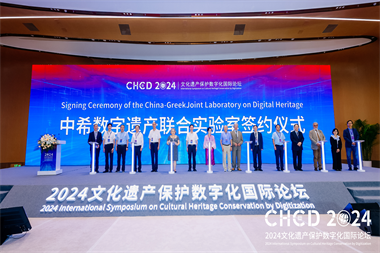Beijing Advances Central Axis Protection Through Digital Technology
At the recently concluded 2024 Beijing Culture Forum on Sept. 21, Beijing Central Axis garnered widespread attention as a prime example of how digital technologies can revitalize and preserve cultural heritage.
The forum, themed "Deepening Cultural Exchange to Achieve Common Progress," saw over 800 guests from China and abroad gather in Beijing. With over 700 years of history, Beijing Central Axis embodies the city's memory and its rich civilization. Its heritage value and preservation efforts have become focal points of discussion during the forum.
Stretching 7.8 km from Yongding Gate in the south to the Bell and Drum Towers in the north, the Beijing Central Axis was constructed based on ancient architectural philosophies to create an ideal layout for a capital city. In July, it was listed by UNESCO as a World Heritage Site.
Cultural heritage preservation requires both reverence for history and a spirit of innovation. The cultural essence of the heritage sites should be integrated into everyday life, enhancing the public's spiritual well-being, said Sun Xinjun, Party secretary of the Dongcheng District of Beijing.
Whether it is the digital bell at the Bell and Drum Towers that uses light and shadow to capture the passage of time, or the contemporary interpretations of traditional opera in Qianmen Street, Beijing has brought its historical legacy to the public in more dynamic forms in recent years. This has allowed people to experience the charm of cultural heritage through immersive interactions.
The inscription of Beijing Central Axis on the UNESCO World Heritage List has opened up new perspectives on urban heritage. Beijing Central Axis demonstrated the lasting vitality of traditional urban planning while urban heritage protection policies must consider the dynamic evolution of cities in response to changing needs, according to Jad Tabet, president of the Association of Architects and Engineers of Arab Countries.
The participants at the forum agreed that digitization is an effective way to revitalize cultural heritage. Beijing's status as a global leader in the digital economy can be leveraged by applying technologies like artificial intelligence and digital twins to enhance the preservation and transmission of Beijing Central Axis.
Chinese tech giant Tencent recreated the core heritage area of the central axis with a digital microcosm encompassing approximately 300,000 plants and 2.2 million buildings. Through a mobile mini-program called "Digital Central Axis," users can embark on an immersive journey of the region, guided by virtual characters.
Notably, the mini program also provides a platform for the Digital Watchman project, an innovative crowdsourced conservation initiative launched in December 2023. By simply scanning QR codes, taking photos and uploading inspection reports through the mini program, locals and visitors can become citizen stewards, logging signs of deterioration or damage.
The rapid development of digital technology has brought new opportunities for cultural inheritance. Tencent's "Digital Central Axis" project has played a key role in Beijing's application for World Heritage status, with digitization becoming an essential innovation and hallmark of the application, said Chen Juhong, vice president of Tencent.
While in the view of Roman Jeanneau, chairman of the organizing committee of the Sunny Side of the Doc, audiovisual media are a powerful means of promoting cultural heritage. China's vast and diverse cultural heritage holds tremendous potential for global exposure. It is hoped that there will be more international documentaries focusing on Beijing Central Axis in the years to come.
(Source: Xinhua)




